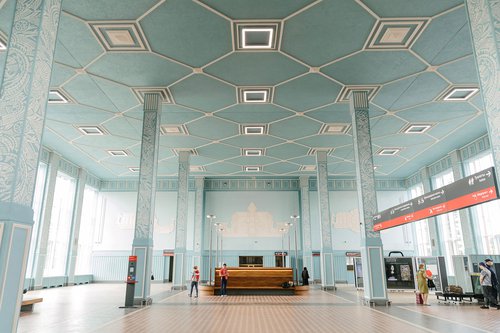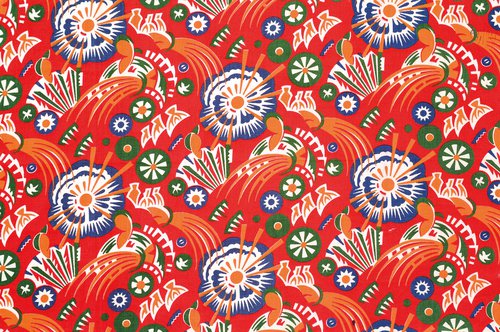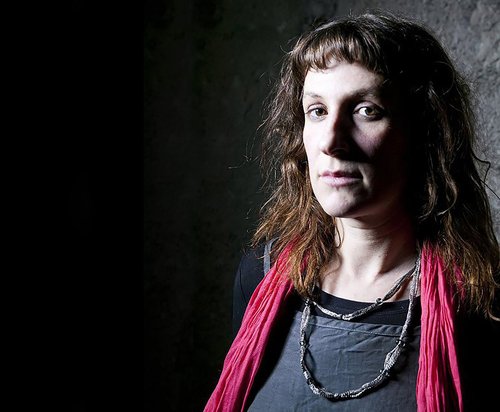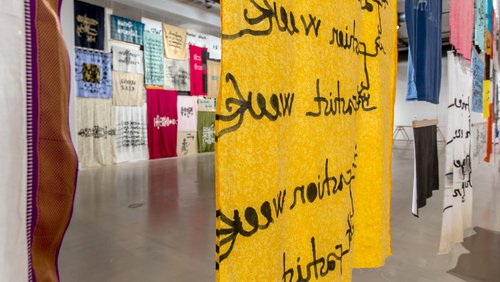Katya-Anna Taguti. Trees, 2017. Acrylic on canvas, charcoal, mixed media. Courtesy of the artist
Russian artist Katya-Anna Taguti in search of the patterns of an elusive life
This autumn there are exhibitions by Katya-Anna Taguti in three cities across Russia: Moscow Vyksa and Ivanovo. Taguti is an artist who knows how to listen to time itself, to tell stories and confront the fabric of non-existence.
Biographies of artists mature in different ways. Katya-Anna Taguti, born in Riga in 1960 and now in her seventh decade, shows us how the conventional tools of the art market can overlook an artist. Taguti has no permanent gallery, has had few museum exhibitions, and has received no national awards yet undeniably there is momentum around her and the artist is constantly productive making bold statements through her work. She does not shy from big themes: human destiny, memory and suffering, the trauma of post-imperial consciousness, the incessant noise of the information age and how to preserve, if not human dignity, at least a human dimension in our contemporary world.
In 2019, Taguti's project 'A Large Portrait’ was shown at the Erarta Museum in St. Petersburg, a quintessential series of works in which gigantic heads are painted on an imaginary wall with fragments of posters, photographs, and notices with snippets of text. These faces with rough, multi-layered surfaces almost resemble a map and speak of an amalgam of past events with flashes of memories; they speak of time passed. There is the baroque and elaborate ‘Self-Portrait’, ‘The Last Portrait of a Father’, ‘Portrait of Anna’, and a portrait of the modernist painter Oscar Kokoschka. Among all these heads, made in a similar, large format was the picture of an ear, called ‘Aksyonov's Ear’ (2017). Taguti was particularly close to the renowned Soviet writer Vasily Aksyonov (1932–2009) in the last years of his life and the artist designed several of his books. This work recalls the words of literary writer Alexander Kabakov: ‘With his predatory ear, Aksyonov picked up signs of reality’. Taguti and Aksyonov had launched a joint project called ‘Ears’, for which Aksyonov had written an essay on what motivates the artist, is she a medium or a creator? But plans unexpectedly had to go on hold because the writer had a stroke. Then there followed a long illness with his eventual passing.
One central message uniting all of these portraits is that of the vulnerability and fragility of humankind, of how there are powerful currents of time running through us all and how complex our emotions are arising from the twisted and painful store of our memories. A thought-provoking artistic juxtaposition with this collective body of work is Maria Stepanova's contemporary 2017 cult book ‘In Memory of Memory’, an attempt by the writer to reconstruct and even catalogue the fates of loved ones against the background of history. Taguti tries to document and then simultaneously question the ability of an image to preserve reality. In the novel ‘In Memory of Memory’, numerous photographs and portraits seem to record and copy life, but in fact, they constantly bypass the essence of that life. In contrast, Taguti's large faces are framed, indistinct and fragmentary, but they let time flow through them, and they have an air of importance, like characters in a Greek tragedy, not dead but alive.
There is the ‘Trees’ series, in which she has created similar, large-scale dramatic works. These portraits of rather odd looking trees, bursting forth with energy are depicted without a background in a metaphysical environment. There is no earth, no sky, just tree trunks and branches, sometimes resembling the anatomy of a human body with blood vessels, muscles and joints. ‘Trees are like a disparate army of veteran soldiers, called to guard and protect us, breathing in carbon dioxide and exhaling oxygen,’ says Taguti. Exhausted by battle and a long road, they are sitting in the hard, unfriendly ground of the urban landscape unashamed of their wounds and mutilations’. Katya-Anna Taguti likes to write short notes to accompany her exhibitions, she has a knack for capturing how to read and verbalise what is going on in her canvases.
The works in ‘Trees’ and 'A Large Portrait’ are all painted in acrylic, charcoal and sanguine on canvas. Sometimes she applies scraps of tracing paper, paper and newspapers onto the surface, which gives rise to interesting, complex textures. Another source of Taguti's images is street art. She takes photographs of Moscow courtyards off Pokrovka Street focussing on things such as leaves stuck to the signs on garages, nameless graffiti on walls, peeling paint and rust on gates and all of these chronicles of the metropolis feed into her optics.
Although it seemed she was initially destined to be more a painter than a graphic artist - her father was the painter Yakov Kozlov (1918-2015) and she studied at the Surikov Institute in the studio of the muralist Klavdiya Tutevol (1917–1980) — it was almost always the energy and temperament of a draftsman that dominated Taguti’s work. Then, around the beginning of the 2000s, printmaking began to play a bigger role in her work, and the real field of her trademark experimentation became the original silkscreen print. ‘At some point, I felt cramped in traditional oil and canvas and went into digital printing’, says Taguti. Firstly, digital printing and silkscreen printing made it possible to work in other media, not just canvas, but with glass, walls, metal, porcelain, plastic and fabric. Secondly, and more importantly, the silkscreen prints allowed for the organic handling of documentary material by using scanned photographs, old letters, pages from a newspaper, receipts and plane boarding passes. Anything that made it possible to record events, dates and incidents with maximum verisimilitude, but at the same time to combine them with the utmost abstraction, with historical or invented ornamental patterns and the details of architectural decorations. And finally she liked the practice of enriching silkscreen prints by hand, finishing, writing or embroidering over a screen print.
Taguti has always been fascinated by palimpsests, a term historians use to describe manuscripts found on second-hand parchments. For instance, a marriage contract through which you can see fragments of the description of a military battle from a hundred years ago. Here too, Taguti is fascinated by the different layers of time, revealed through the contemporary flow of information. The title of her 1993 exhibition at the State Historical Museum in Moscow was ‘Palimpsest’. The one-off silkscreen print has proved for her to be an ideal medium to explore contrasts in subject, matter and time. In ‘The Eighth Project’, shown at Fabrika Centre for Creative Industries in Moscow in 2012, Taguti combined the patterns of ancient Coptic fabrics with the symbolism of the Soviet empire. ‘Complemented by hand embroidery, these sheets resemble either tracing paper for unfinished needlework or a palimpsest with lost fragments,’ says the artist.
Now the solo exhibition 'An Evading Pattern of Physical Life on the Texture of Relentless Time' is showing in Ivanovo, a city nicknamed the ‘Russian Manchester’, famous for its weaving manufactury. Her project reflects on the signs and ornamental patterns that appeared in the factories and in the creations of the famed Ivanovo chintz. The archives of local factories have rich holdings of tools and artefacts used in the production of these distinctive printed fabrics like metal and wooden repeat patterns, fabric samples, receipt and pattern books and Taguti even included some in the exhibition. In the pandemonium of historical patterns, Taguti has developed her own distinctive patterns, using recognisable ‘quotes’ from modern and contemporary mass culture, such as iconic images from Star Wars films.
One of the most engaging and expressive works on display in Ivanov is an installation called ‘The Altar of Memory’ consisting of white cloths bearing portraits of weavers from Ivanovo over the years, each cloth attached to a big loom. Residents of the city were asked to send scanned photos of relatives from family albums which are then printed and attached to the fabric. ‘The Altar of Memory' is inclusive, mobile and endless, and every week new forgotten faces emerge from oblivion.
An Evading Pattern of Physical Life on the Texture of Relentless Time
Ivanovo, Russia
August 31 – November 30, 2022
Signals
Vyksa, Russia
October 15 – November 30, 2022
Trees
Moscow, Russia
October 18 – November 13, 2022






























